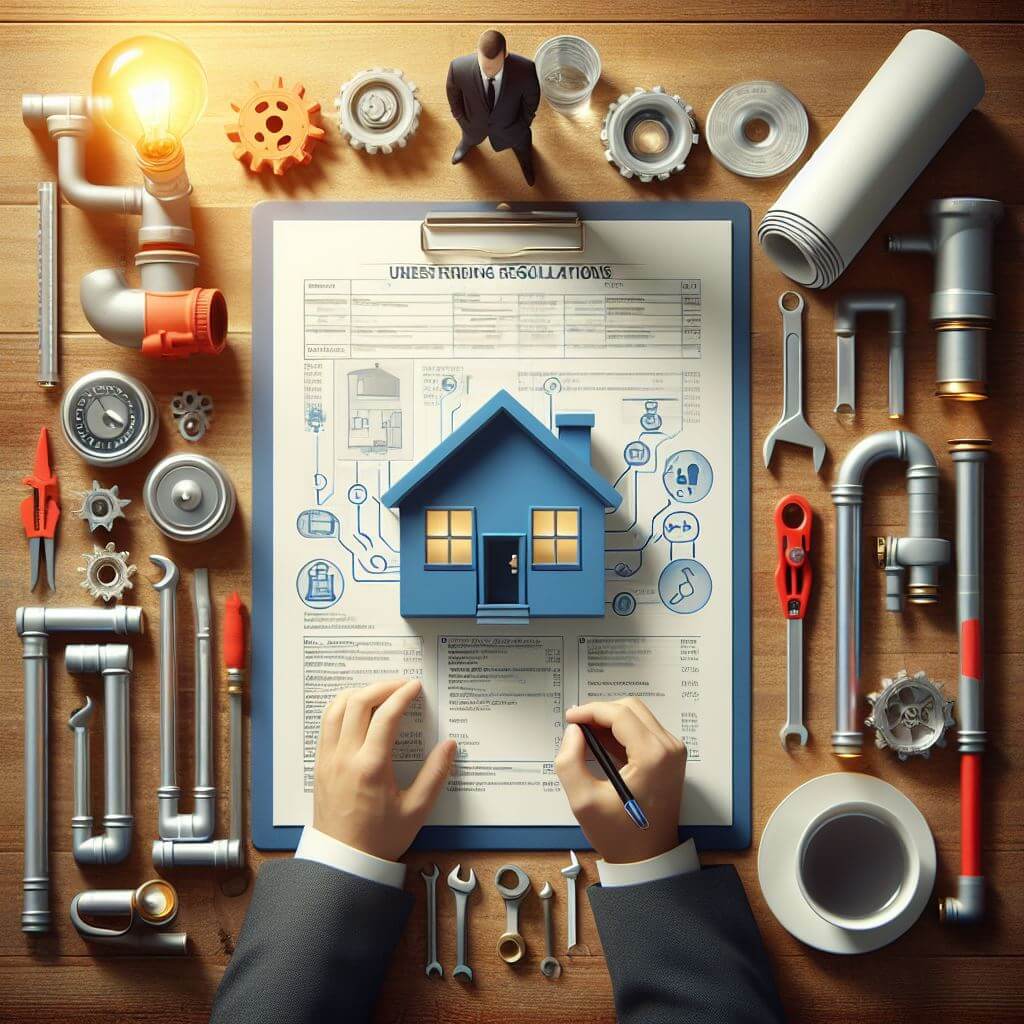What are your opinions regarding 6 Common Plumbing Problems and How to Fix Them?

Intro
Keeping a useful plumbing system is vital for a comfy home. By taking safety nets, you can avoid typical plumbing problems that may interrupt your daily life and incur costly repairs.
Monitor Water Pressure
Keep an eye on your water stress to stop tension on your pipes and home appliances. High water stress can result in leakages and damage with time. Take into consideration setting up a stress regulator to preserve optimum water stress throughout your home.
Educate Home Members
Inform every person in your house about proper plumbing practices. Instruct them what ought to and shouldn't be flushed or taken care of down the drain to prevent preventable plumbing issues.
Safeguard Pipes from Freezing
Throughout cold weather, take steps to prevent your pipelines from cold. Protect exposed pipes, specifically those in unheated locations like cellars and attic rooms. Allow taps to trickle during freezing temperatures to stop water from freezing in the pipelines.
Address Leaks Immediately
Deal with any kind of leaks or drips as quickly as you notice them. Also minor leaks can drainage and cause damage to your home over time. Tighten loosened fittings or change damaged seals to stop leakages from aggravating.
Normal Upkeep Checks
On a regular basis checking your plumbing system is essential for identifying prospective concerns prior to they rise. Check pipes, faucets, bathrooms, and home appliances for leakages, deterioration, or indicators of damage.
Watch What You Flush
Bear in mind what you purge down your commodes. Stay clear of purging products such as wipes, cotton rounds, sanitary items, and paper towels, as these can create clogs and back-ups in your pipelines.
Proper Disposal of Grease and Food Waste
Dispose of grease, oils, and food scraps appropriately to stop build-up in your pipes. Avoid pouring grease away, as it can strengthen and create clogs. Make use of a filter in your kitchen sink to catch food fragments and vacant it frequently.
Be Gentle with Plumbing Fixtures
Stay clear of using extreme force when operating plumbing components such as taps and valves. Rough handling can cause damage, causing leaks and other breakdowns.
Routine Drain Cleansing
Arrange regular drain cleansing to avoid accumulation of hair, soap residue, and various other debris. Utilize a drain snake or enzymatic cleaner to eliminate obstructions and preserve smooth drainage.
Set Up Water Softeners
Consider setting up a water conditioner if you have tough water. Difficult water can create mineral buildup in your pipelines and devices, leading to lowered water circulation and performance.
Conclusion
Stopping usual plumbing issues in your home needs persistance and regular maintenance. By complying with these safety nets, you can make certain that your plumbing system operates smoothly and avoid costly repair work in the future.
Expert Tips for Preventing Common Plumbing Issues
Keep Drains Clear and Functional
Regularly clean drain covers and hair-catching devices to eliminate debris and prevent buildup. Avoid disposing of grease, oil, or coffee grounds down your drains, as they can congeal and accumulate over time, creating obstructions. Consider using a biodegradable drain cleaner periodically to break down organic matter and maintain clear pipes. Prevent and Identify Leaks Early
Regularly inspect visible plumbing connections, pipes, and fixtures for signs of moisture or corrosion. Fix loose connections or replace damaged components as needed. Install water leak sensors in high-risk areas such as under sinks, near water heaters, and around washing machines to provide early warning of potential leaks. Monitor your water bill for sudden increases in usage, which may indicate a hidden water leak. Protect Plumbing from Freezing Temperatures
Allow faucets to drip slightly during extremely cold weather to prevent freezing and pressure buildup inside the pipes. Seal gaps and openings in walls, doors, and windows near plumbing to prevent drafts from reaching your pipes. Maintain Optimal Water Heater Performance
Schedule annual professional maintenance of your water heater, including checking pressure-relief valves, flushing sediment buildup, and inspecting for corrosion or leaks. Maintain the manufacturer-recommended temperature setting, typically around 120°F (49°C), to optimize energy efficiency and prevent scalding. Consider installing an expansion tank in your system if you have a closed-loop water supply, which prevents excessive pressure buildup and potential water heater failure. https://www.climatecontrolkc.com/blog/plumbing/tips-for-preventing-plumbing-issues/

Hopefully you liked our part about How to Deal With and Prevent Common Plumbing Problems. Thanks for finding the time to browse our article. Sharing is nice. Helping people is fun. Thank you so much for going through it.
Website